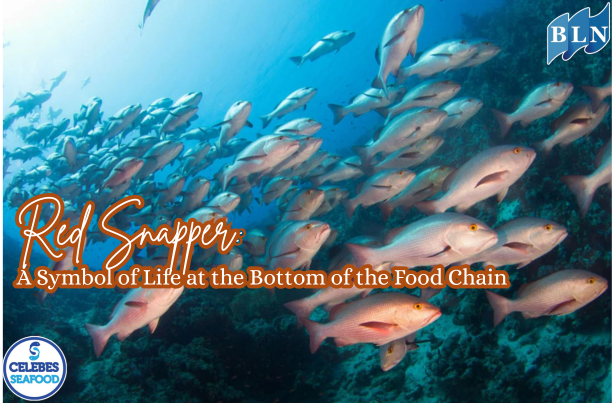Green Algae (Chlorophyta): The Producers of Aquatic Ecosystems
By. Tri - 07 Jul 2025 The Producers of Aquatic Ecosystems.jpg)
lautnusantara.com_ Green algae, scientifically known as Chlorophyta, are one of the most widespread and diverse groups of algae found on Earth. They mostly inhabit freshwater environments, although some species are found in marine habitats, moist soils, tree bark, or even attached to rocks.
Green algae play a crucial role in ecosystems due to their ability to perform photosynthesis, converting sunlight into chemical energy. As primary producers, they are a vital food source for many aquatic organisms and contribute significantly to the global carbon and oxygen cycles.
Characteristics of Green Algae
Green algae have several defining features that distinguish them from other types of algae:
- Bright green color due to the presence of chlorophyll a and b.
- Exist as unicellular organisms, multicellular forms, or in colonies.
- Cell walls contain cellulose, similar to land plants.
- Store their food reserves in the form of starch (amylose) inside plastids.
- Some species have flagella for movement (especially unicellular ones).
- Reproduce both asexually (by cell division, fragmentation, or zoospore formation) and sexually (by gamete fusion or conjugation).
Examples of Green Algae Species
Here are some well-known examples of green algae:
- Chlamydomonas – a motile unicellular green alga with two flagella.
- Spirogyra – filamentous algae with spiral chloroplasts, commonly found in freshwater.
- Volvox – spherical colonies that move using coordinated flagella.
- Ulva (sea lettuce) – sheet-like marine algae often used as food.
Benefits of Green Algae
Green algae offer a range of ecological and economic benefits:
- Food source: species like Ulva are edible and consumed in some cultures.
- Oxygen producers: generate oxygen as a byproduct of photosynthesis.
- Industrial potential: source of bioenergy, fertilizers, cosmetics, and bioplastics.
- Scientific research: used to study cell biology, growth, and photosynthesis.
- Bioindicators: their growth reflects changes in water quality and nutrient levels.
Role in Ecosystems
Green algae serve as primary producers in aquatic ecosystems. They provide energy and oxygen for higher organisms like zooplankton and small fish. Without green algae, food chains and nutrient cycles in water bodies would be severely disrupted.
Green algae are simple yet incredibly important organisms. Not only do they support aquatic food chains, but they also contribute to Earth's oxygen supply and carbon balance. With advancing scientific research, green algae are even seen as a promising solution for future environmental challenges such as renewable energy production and climate change mitigation.
If you are interested in our Coral Trout Fillet Skin On, CORAL TROUT WGG WHOLE GILLED GUTTED, TOMATO COD WHOLE GILLED GUTTED please do not hesitate to contact us through email and/or whatsapp.








